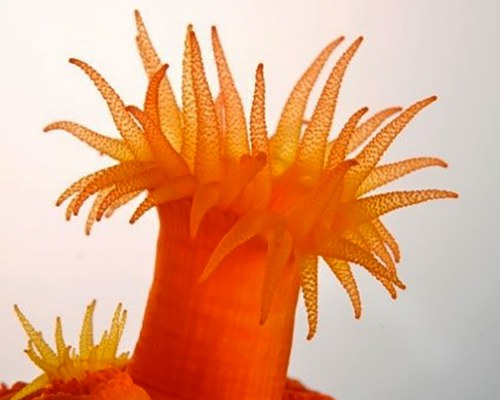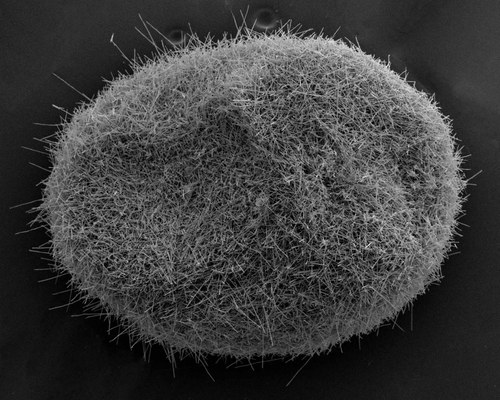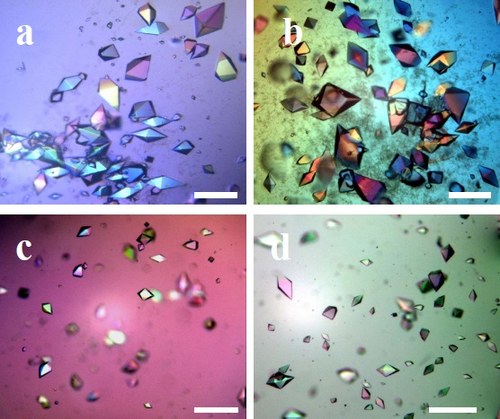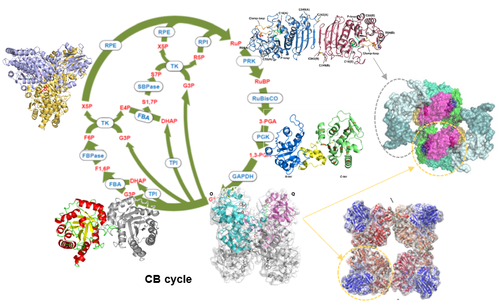RESEARCH

Coral biomineralization
Over millions of years many organisms evolved precise and complex control over the deposition of mineral phases to produce shells, carapaces, bones, or teeth. These materials show astonishing properties, especially mechanical ones, due to a multiscale control over their morphology, texture, and structure from the crystal to the macroscale.
One of our main research topics is the study of the coral skeleton (morphology, crystallography, composition, and mechanics), and the biomineralization processes leading to this final structure by precisely control the deposition of calcium carbonate. This last section also involves in vitro crystallization to study how the biomineral-associated organic phase influences its development.

Valorization of biomineral and biopolymeric waste materials
Every year tons of marine seafood wastes are produced, by alimentary industries mostly, and discarded in the environment. These wastes require both economic, space, and energy consumption to get properly managed and usually end up in dumpsters.
One of our research goals is the valorization of both biominerals (from shells or arthropod carapaces) and biopolymers (such as chitin from squid pens and arthropod exoskeletons) to develop functional materials. A few of our applications target biomedical fields, cultural heritage conservation, cements, packaging, and water remediation.

Design and synthesis of innovative substrates for protein crystallization
Crystallization is the main bottleneck to obtain high-quality diffracting crystals, essential in the determination of biological macromolecules high resolution crystal structures by X-ray diffraction. Since there are no specific laws that indicate which physico-chemical conditions can lead a protein to crystallize, a “trial-and-error” method is usually applied. On the other hand, the use of heterogeneous nucleating agents can help the search of the optimal crystallization condition and induce protein nucleation at lower supersaturation values with respect to the homogeneous experiments. This project focuses on the design, preparation and characterization of innovative substrates of various chemical nature able to promote protein heterogeneous nucleation.

Structural and functional investigation on the regulation mechanisms of enzymes from photosynthetic organisms
Photosynthetic CO2 fixation is of fundamental support for life on Earth. Oxygenic photosynthetic organisms use the Calvin–Benson (CB) cycle to fix CO2, ultimately transforming light energy in chemical energy. This project focuses on the structure determination of CB enzymes from two photosynthetic organisms (Chlamydomonas reinhardtii and Arabidopsis thaliana) in different redox states and oligomeric forms, to elucidate their regulation mechanism at atomic level.
Additionally, reactive molecular species (RMS) unavoidable byproducts of aerobic life are easily produced during photosynthetic activity. Reactive protein cysteines are one of the prominent candidates to RMS-mediated post-translational modifications (PTM) that can induce a reversible (partial or full) inhibition of protein activity, permanent damaging, or even misfolding and aggregation. The research of this project focuses on the structural characterization of the conformational changes induces by Cys-based redox PTMs in enzymes from photosynthetic organisms, to clarify the role of these modifications in protein regulatory processes.
This project is carried on in collaboration with Prof.s Francesca Sparla, Mirko Zaffagnini and Paolo Trost of Plant Physiology Laboratory of Pharmacy and Biotecnology Department.